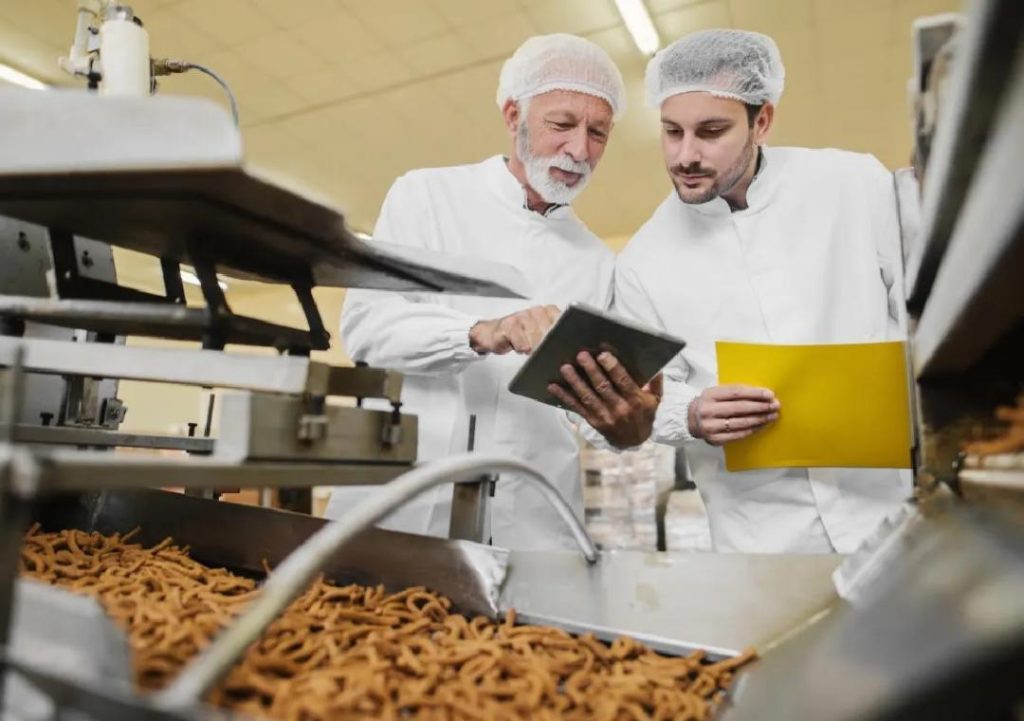
Can P&L Optimisation Redefine Success in Food Technology?
The food technology industry is a dynamic and rapidly evolving space, with companies continuously seeking innovative ways to stay ahead of the competition and drive growth. One area that has gained significant attention in recent years is Profit and Loss (P&L) optimisation. By streamlining P&L operations, food technology companies can cut waste, sharpen demand forecasting, and support better decision-making. In this blog post, we’ll explore how P&L optimisation can redefine success in food technology.
The Importance of P&L Optimisation in Food Technology
Food technology companies face unique challenges when it comes to managing their P&L. The industry is characterised by high raw material costs, fluctuating demand, and a need for rapid product development and launch. To stay competitive, companies must find ways to streamline their P&L operations, reduce waste, and improve profitability.
P&L optimisation involves the strategic analysis and management of a company’s income and expenses to maximise profitability. In the food technology industry, this can involve a range of activities, from inventory management and supply chain optimisation to pricing strategies and cost control.
The Benefits of P&L Optimisation
So, what are the benefits of P&L optimisation in food technology? By streamlining P&L operations, companies can:
- Reduce waste: By identifying and addressing inefficiencies in the production process, companies can reduce waste and lower costs.
- Improve demand forecasting: By leveraging data analytics and machine learning, companies can improve their demand forecasting capabilities, reducing the risk of overproduction or underproduction.
- Support better decision-making: By providing real-time insights into financial performance, P&L optimisation can support better decision-making, enabling companies to respond quickly to changing market conditions.
- Boost margins: By streamlining operations and reducing waste, companies can boost their margins, improving their financial performance and competitiveness.
- Ensure sustainable growth: By adopting scalable models and improving operational efficiency, companies can ensure sustainable growth and stay competitive in the industry.
Tools and Techniques for P&L Optimisation
So, what tools and techniques can food technology companies use to optimise their P&L operations? Some of the key tools and techniques include:
- Automation: By automating routine tasks and processes, companies can reduce the risk of human error and improve operational efficiency.
- Smart inventory systems: By leveraging data analytics and machine learning, companies can improve their inventory management capabilities, reducing stockouts and overstocking.
- Data analytics: By leveraging data analytics and machine learning, companies can gain real-time insights into financial performance, improve demand forecasting, and support better decision-making.
- Scalable models: By adopting scalable models, companies can ensure sustainable growth and stay competitive in the industry.
Case Study: How P&L Optimisation Can Drive Success
Let’s consider a case study of a food technology company that has successfully implemented P&L optimisation. The company, a leading manufacturer of plant-based meat alternatives, was facing challenges in managing its inventory and supply chain. By implementing a smart inventory system and data analytics, the company was able to reduce stockouts and overstocking, improving its demand forecasting and reducing waste.
The company also implemented automation and scalable models, enabling it to respond quickly to changing market conditions and ensure sustainable growth. As a result, the company was able to boost its margins, improve its financial performance, and stay competitive in the industry.
Conclusion
In conclusion, P&L optimisation is a critical component of success in the food technology industry. By streamlining P&L operations, companies can reduce waste, improve demand forecasting, and support better decision-making. To achieve P&L optimisation, food technology companies can leverage automation, smart inventory systems, data analytics, and scalable models.
By adopting these tools and techniques, companies can boost their margins, ensure sustainable growth, and stay competitive in the industry. As the food technology industry continues to evolve, P&L optimisation will play an increasingly important role in driving success.
News Source:
https://www.growthjockey.com/blogs/p-and-l-operations-in-food-tech






